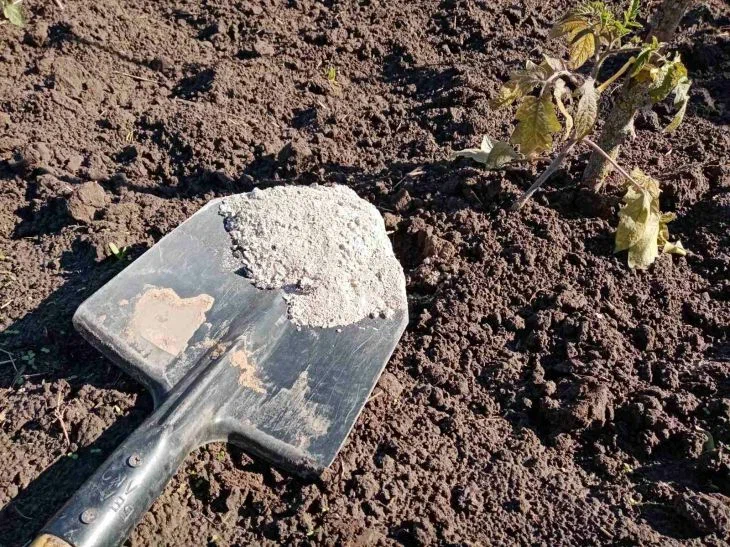What plants love ash: it is important for gardeners to know
Adding ash is one of the oldest and most accessible methods of soil enrichment. It is a natural fertilizer that is obtained by burning wood, grass or other organic materials.
Ash is rich in many useful microelements necessary for the growth and development of plants.
Anastasia Kovrizhnykh , an expert of the online publication "BelNovosti", an agronomist and landscape designer, told how to act correctly in such a situation.
However, it should be taken into account that not all crops react equally to such feeding.
Calcium lovers: tomatoes, peppers and eggplants
Vegetables such as tomatoes, peppers and eggplants are known for their calcium requirements.

This element plays an important role in the formation of cell walls, which affects the strength and health of plants.
Calcium deficiency can lead to blossom-end rot, a common problem in these crops.
Wood ash, rich in calcium, helps prevent this disease and promotes the formation of strong, healthy fruits.
Potassium lovers: potatoes, beets and carrots
Potatoes, beets and carrots are root vegetables that require sufficient potassium to form large, tasty fruits.
Potassium promotes the accumulation of sugars and starch in root crops, improves their shelf life and taste.
Ash, especially that obtained from burning young branches, is a valuable source of potassium and contributes to a good harvest of these crops.
Neutral soil lovers: cabbage, onions and garlic
Cabbage, onions and garlic prefer to grow in neutral or slightly alkaline soils.
Ash has an alkalizing effect, which helps reduce soil acidity and create favorable conditions for the development of these crops.
The introduction of ash promotes better absorption of nutrients, strengthens the immunity of plants and increases their resistance to diseases.
Flowers that rejoice in ash: roses, clematis and peonies
Not only vegetable crops, but also flowers can benefit from the application of ash. Roses, clematis and peonies, known for their luxurious flowers, respond well to such feeding.
Ash promotes the formation of strong stems, abundant flowering and brightly colored buds.
Important nuances when using ash
Although ash is a valuable fertilizer, it is important to remember some of the nuances of its use.
Ash increases the pH level of the soil, so it is not recommended for plants that prefer an acidic environment, such as hydrangeas, rhododendrons and azaleas.
It is also worth considering that ash contains little nitrogen, so it is better to use it in combination with other organic fertilizers rich in this element.
Earlier we talked about why you should stick spruce branches around carrots .
